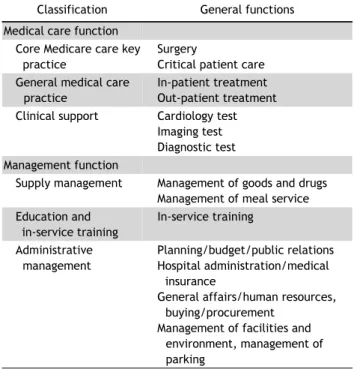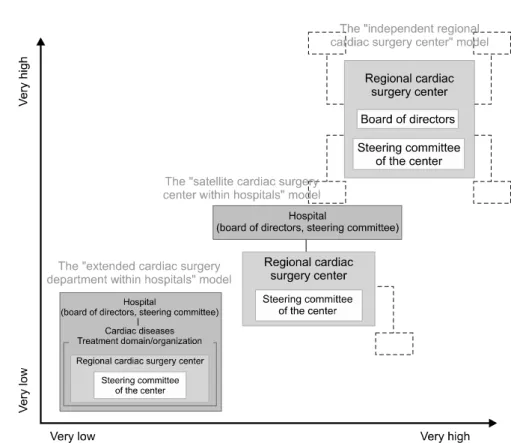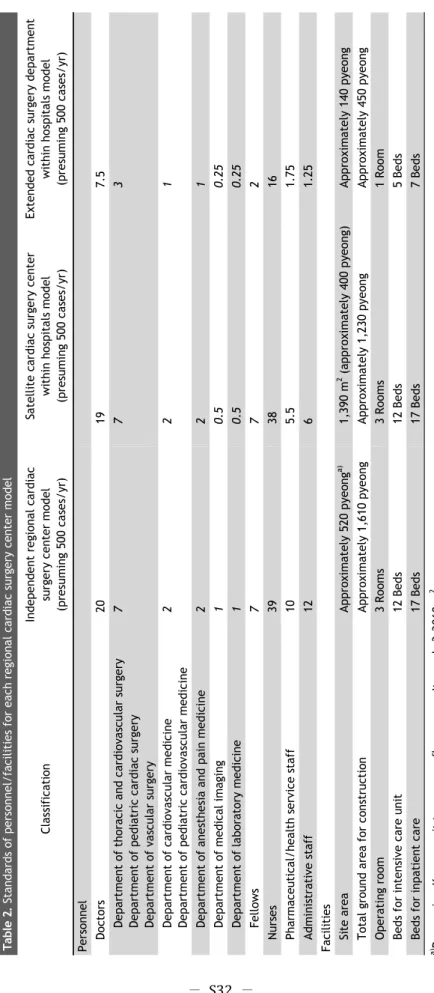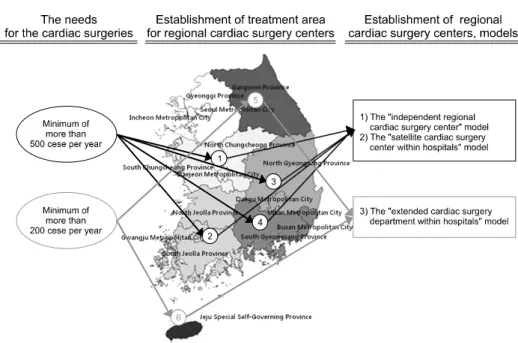ISSN: 2233-601X (Print) ISSN: 2093-6516 (Online)
Received: October 5, 2016, Revised: October 23, 2016, Accepted: October 24, 2016, Published online: December 5, 2016
Corresponding author: Kun Sei Lee, Department of Preventive Medicine, Konkuk University School of Medicine, 120 Neungdong-ro, Gwangjin-gu, Seoul 05029, Korea
(Tel) 82-2-2030-7817 (Fax) 82-2-2049-6191 (E-mail) leekonkuk@gmail.com
© The Korean Society for Thoracic and Cardiovascular Surgery. 2016. All right reserved.
This is an open access article distributed under the terms of the Creative Commons Attribution Non-Commercial License (http://creativecommons.org/
licenses/by-nc/4.0) which permits unrestricted non-commercial use, distribution, and reproduction in any medium, provided the original work is properly cited.
Development of Models for Regional Cardiac Surgery Centers
Choon Seon Park, R.N., Ph.D. 1 , Nam Hee Park, M.D. 2 , Sung Bo Sim, M.D., Ph.D. 3 , Sang Cheol Yun, M.B.A. 4 , Hye Mi Ahn, M.P.H. 5 , Myunghwa Kim, M.P.H. 1 , Ji Suk Choi, Ph.D. 1 ,
Myo Jeong Kim, M.S. 1 , Hyunsu Kim, B.A. 4 , Hyun Keun Chee, M.D., Ph.D. 6 , Sanggi Oh, M.D. 7 , Shinkwang Kang, M.D., Ph.D. 7 , Sok-Goo Lee, M.D., Ph.D. 8 , Jun Ho Shin, M.D., Ph.D. 9 ,
Keonyeop Kim, M.D., Ph.D. 10 , Kun Sei Lee, M.D., Ph.D. 5
1
Health Insurance Review and Assessment Research Institute, Health Insurance Review and Assessment Service,
2
Department of Thoracic and Cardiovascular Surgery, Keimyung University School of Medicine,
3Department of Thoracic and Cardiovascular Surgery, The Catholic University of Korea College of Medicine,
4Caleb & Company,
5Department of Preventive Medicine, Konkuk University School of Medicine,
6Department of Thoracic and Cardiovascular Surgery, Konkuk
University Medical Center, Konkuk University School of Medicine,
7Department of Thoracic and Cardiovascular Surgery, Chonnam National University Hospital,
8Department of Preventive Medicine and Public Health, Chungnam National
University School of Medicine,
9Department of Preventive Medicine, Chonnam National University Medical School,
10



